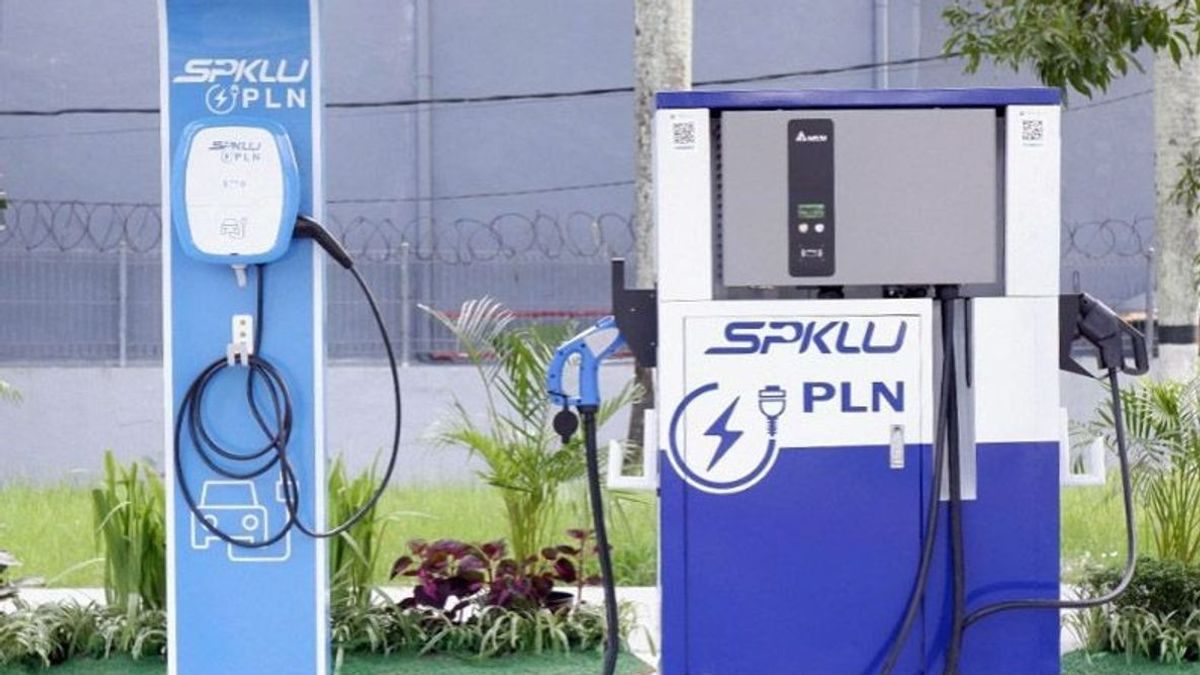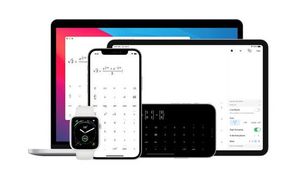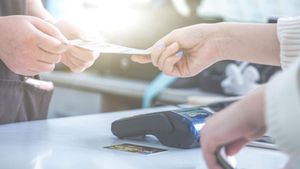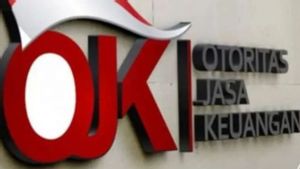YOGYAKARTA For Indonesians who want to buy electric-based vehicles, especially electric cars, there is no need to worry about the availability of Public Electric Vehicle Charging Stations (SPKLU). The reason is, vehicle owners can install SPKLUs in their respective homes. So what are the requirements for installing electric cars at home?
As is known, the availability of SPKLU began to exist at several points. However, its availability is still limited because it is only built in a few big cities. To facilitate charging, electric car owners are advised to install their own charging facilities in their respective homes.
The installation of SPKLU can be done through the PT PLN (Persero) program called Super Everyday.
Quoted from web.pln.co.id, Super Everyday PLN is a program that is being held to make it easier for electric vehicle owners, especially electric cars in Indonesia. This program is carried out at the same time to support the acceleration of the use of electric vehicles in the country and the acceleration of the provision of infrastructure for the recharging of electric vehicles mandated through Presidential Regulation Number 55 of 2019 and Permen ESDM Number 13 of 2020.
Super Everyday itself is a new connection service from PLN for charging at consumer homes or home charging.
To participate in this program, the public must know the price that must be issued by consumers. It should be noted that this promo can be followed by all groups of PLN customer rates, with details of low-voltage (TR) 1 Fasa customers up to 7,700 VA and TR 3 Fasa Customers up to 13,200 VA power.
The price charged to 1 Fasa customer is quite affordable, which is Rp. 850 thousand with a final power of 7,700 VA. Meanwhile, for 3 Fasa customers, it is enough to pay Rp. 3.5 million with the final power option of 13,200 VA.
PLN will still provide a discount on electricity tariffs for 30 percent but only valid for certain hours, starting at 22.00 WIB 05.00 WIB for use from home charging.
SPKLU's business opportunities in Indonesia are also still wide open. The public can get information through PLN.
Basically consumers will get a portable charger in every purchase of an electric car. However, it is not certain whether the facility will continue to be provided by electric car manufacturers continuously or not.
What is clear is that this tool makes it easier for vehicle owners to charge their electric vehicles so that they don't have to bother looking for SPKLU. The owner of the vehicle is enough to find electricity sources as usual and then use the tool like recharging the smartphone.
However, charging an electric car is not that simple. Owners must know the power capacity of electricity at home or where it is used for charging. Filling power must be adjusted to home electricity capacity.
For example, charging 12A if converted to Watt becomes 2,640 Watt. To do this charging, the power at home can be done with 3,500 Watt capacity and make sure there are still 2,640 Watt remaining. This means that if the electricity capacity at the vehicle owner's house does not meet the requirements, it is recommended to increase power to PLN.
Another advantage of the portable charger is that the massage can be taken wherever you go. However, filling takes a relatively long time. Filling from 0 to 100 percent power takes approximately 14.5 hours to 21 hours.
The requirement to install an electric car at home. To get other interesting information, visit VOI.ID.
The English, Chinese, Japanese, Arabic, and French versions are automatically generated by the AI. So there may still be inaccuracies in translating, please always see Indonesian as our main language. (system supported by DigitalSiber.id)












